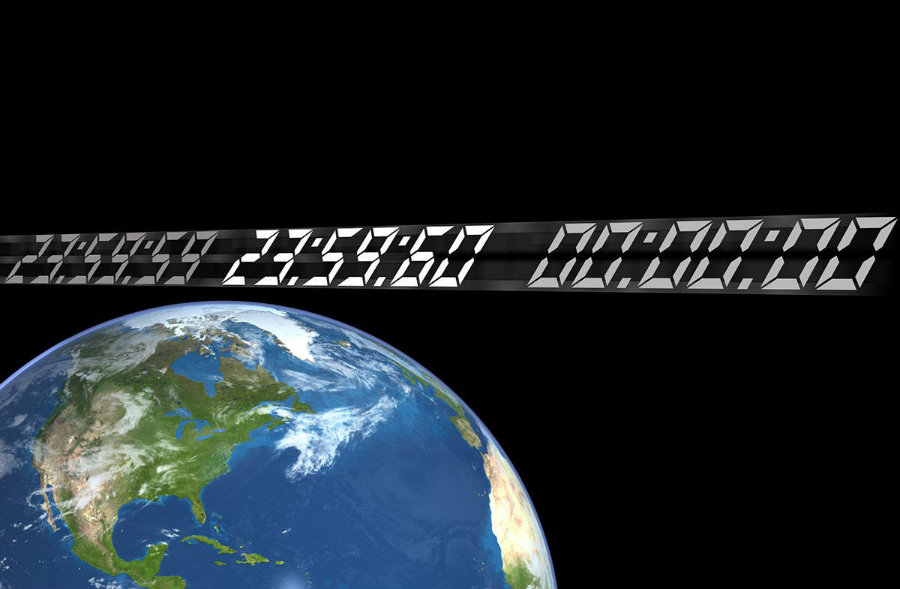
2016 was last a second longer as a ‘leap second’ added to the world’s clocks on New Year’s Eve by timekeepers. The extra second was inserted at the U.S. Naval Observatory’s Master Clock Facility in Washington, D.C., at 23 hours, 59 minutes and 59 seconds Coordinated Universal Time (UTC) which corresponds to 5:29:59 a.m. Indian Standard Time on January 1.
- In 1970, international agreements established a procedure to maintain a relationship between Coordinated Universal Time (UTC) and UT1, a measure of the Earth’s rotation angle in space.
- The International Earth Rotation and Reference Systems Service (IERS) is the organisation which monitors the difference in the two time scales and calls for leap seconds to be inserted in or removed from UTC when necessary to keep them within 0.9 seconds of each other.
- In order to create UTC, a secondary time scale, International Atomic Time (TAI), is first generated; it consists of UTC without leap seconds.
- When the system was instituted in 1972, the difference between TAI and UTC was determined to be 10 seconds.
- Since 1972, 26 additional leap seconds have been added at intervals varying from six months to seven years, with the most recent being inserted on June 30, 2015.
- After the insertion of the leap second in December, the cumulative difference between UTC and TAI was 37 seconds.
- Confusion sometimes arises over the misconception that the occasional insertion of leap seconds every few years indicates that the Earth should stop rotating within a few millennia.
- This is because some mistake leap seconds to be a measure of the rate at which the Earth is slowing.
- The one-second increments are, however, indications of the accumulated difference in time between the two systems.
- The decision as to when to add a leap second is determined by the IERS, for which the USNO serves as the Rapid Service/Prediction Center.
- Measurements show that the Earth, on average, runs slow compared to atomic time, at about 1.5 to 2 milliseconds per day.
What is Leap Second?
Two components are used to determine Coordinated Universal Time (UTC):-
When the difference between UTC and UT1 approaches 0.9 seconds, a leap second is added to UTC and to clocks worldwide.
By adding an additional second to the time count, our clocks are effectively stopped for that second to give Earth the opportunity to catch up with atomic time.
Upcoming leap seconds are announced by the International Earth Rotation and Reference System Service (IERS) in Paris.
Leap Second Syncs Indian Time with Earth’s Spin
The Earth and rotation around its own axis is not regular, as sometimes it speeds up and sometimes it slows down due to various factors, including earthquakes and moon’s gravitational forces. As a result, astronomical time (UT1) gradually falls out of sync with atomic time (UTC), and, as and when the difference between UTC and UT1 approaches 0.9 seconds, a leap second is added to UTC through atomic clocks worldwide.